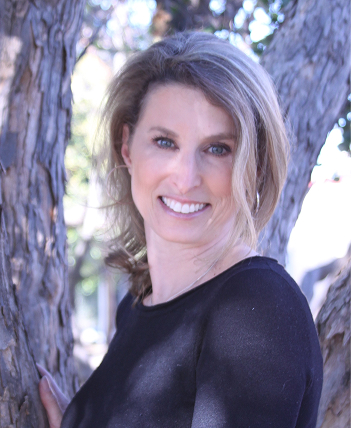The recent September 2014 issue of the Plastic and Reconstructive Surgery Journal was chalk full of good articles. This one was looking at fat transfer and its effect on breast cancer cells. I think it is an important study to look at.
Fat transfer to the breast is increasing in popularity. There are many things which are poorly understood about fat transfer, so we use scientific studies to help evaluate them.
There are relative contraindications to fat transfer in the breast. One of these is a personal history of breast cancer. Should you use fat transfer in the lumpectomy patient to correct a partial defect? Is there any issue with fat cell transfer, as fat is a source of stem cells?
This was a study out of Germany. “Observed Changes in the Morphology and Phenotype of Breast Cancer Cells in Direct Co Culture with Adipose Derived Stem Cells.” Big title.
The question: Using autologous fat grafts enriched with stem cells, knowing these stem cells can secrete growth factors, are there risks of tumor reactivation? IN ENGLISH: When you do fat transfer to the breast to reconstruct it in a cancer patient, can the growth factors from the stem cells in the fat cause a dormant cancer cell to activate?
The study: Stem cells were isolated and cultivated alone or in co culture with inflammatory breast cancer cells. They were evaluated at different time points to look at gene expression and analyzed.
Results: The cancer cells had cell to cell contact with the stem cells, and exchange of information occurred. This manifested in “substantially” higher levels of genes for typical malignancy markers.
FINDINGS: Direct intercellular contact between the cancer cells and the stem cells by vesicular exchange occurred Breast cancer cells showed a change toward a more malignant phenotype associated with higher rates of metastasis and worse prognosis.
They conclude the stem cells activate cancer markers and inflammation, but they do not know whether this will cause tumor recurrences to increase. The test needs to be done in vivo, not in a petri dish to assess the true significance. They go on to state given the proximity of injecting fat (which has stems cells in it naturally) to the site of a removed tumor, there is likely a risk. You must make sure a thorough assessment is done to insure ALL cancer cells were remoed. Follow up needs to be done to insure there is no recurrence.
THOUGHTS. This is an important study, though its significance is not known yet. It indicates stem cells can cause cancer cells to become “more malignant.” A couple things to think about:
- This was done with a concentrate of stem cells. Fat transfer has stem cells in it, but is not a pure source of stem cells.
- This was done with inflammatory breast cancer cells, a well known aggressive variant of breast cancer.
- This was done in a petri dish. As the authors state, we do not know how this will translate to “real life.”
- There was a prior study which indicated there was not an increased breast cancer risk published in 2012. See blog.
But I think this may be a reason to rethink using fat transfer to fill a lumpectomy defect. In a total mastectomy all of the breast tissue should be gone.
In a lumpectomy, we are doing breast conservation. Because the breast tissue remains, the question is could the stem cells cause a cancer cell in that breast to grow?
Youcan read my prior article on relative contraindications to fat transfer. This was from 2011.
I will keep updating you on our journal articles, as we try to understand fat grafting and transfer better.
The information provided on this website is for general informational purposes only and does not constitute medical advice, diagnosis, or treatment. Always seek the advice of a qualified healthcare provider for any questions regarding your health or medical condition.
